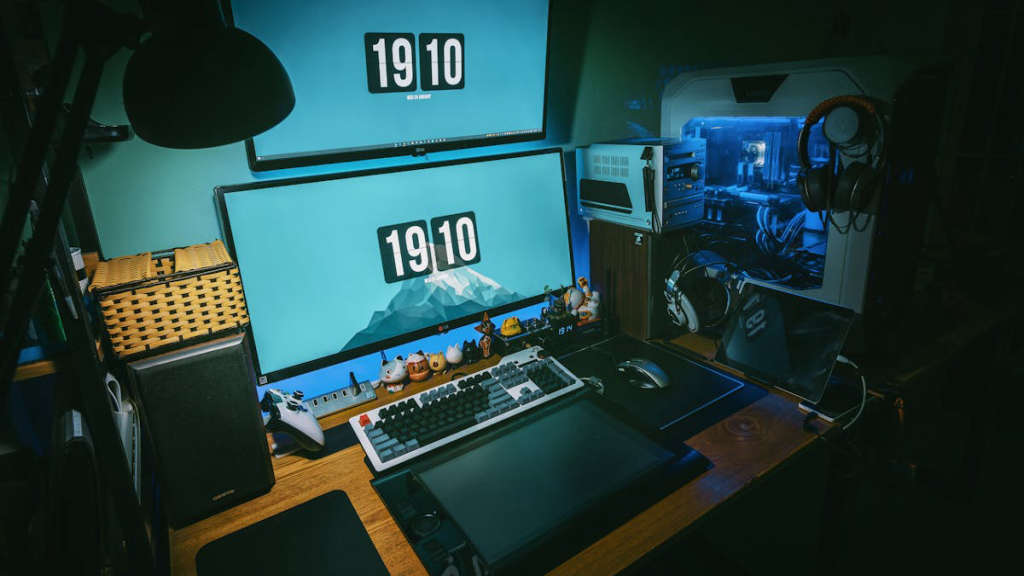Layoffs continue in the gaming industry – Science Technology News
Recent reports indicate that layoffs are still persisting in the gaming industry. Despite the industry’s continued growth and success, many companies have been forced to downsize or restructure their operations, resulting in job losses for a significant number of employees. This trend has caused concern among industry professionals and enthusiasts, as it raises questions about the stability and future of the gaming industry. The reasons behind these layoffs and their potential impact on the industry as a whole are subjects of ongoing debate and analysis.

Navigating the Challenges: The Impact of Economic Downturn on the Gaming Sector
The global gaming industry has faced a number of challenges in recent years, and the economic downturn has further exacerbated these issues. With consumer spending being impacted by the downturn, gaming companies have had to adapt to changing market conditions in order to survive. In this article, we’ll explore the various ways in which the economic downturn has affected the gaming sector, and how companies are navigating these challenges.
The Ripple Effect: Exploring the Consequences of Job Cuts in the Video Game Industry
Job cuts in the video game industry can have a far-reaching impact, affecting not only the employees who lose their jobs but also the overall health of the industry.
When major video game companies announce layoffs, it sends shockwaves through the industry. The ripple effect of these job cuts can be felt by everyone from game developers and publishers to retailers and consumers.
The Effects of Job Cuts in the Video Game Industry
| Impact | Description |
|---|---|
| Development Delays | Job cuts can lead to delays in the development of new games, impacting release dates and the overall quality of the final product. |
| Consumer Confidence | When consumers see major layoffs at a video game company, it can affect their confidence in the brand and their willingness to purchase new games. |
| Industry Innovation | Job cuts can stifle innovation in the industry, as talented developers may leave the field altogether, leading to a lack of fresh ideas and creativity. |
In conclusion, the consequences of job cuts in the video game industry are wide-reaching and can have a lasting impact on the entire ecosystem of gaming. It’s crucial for industry leaders to consider the implications of layoffs and strive to minimize their negative effects.
Conclusion
In conclusion, the ongoing layoffs in the gaming industry highlight the challenges and uncertainties faced by companies within this dynamic and competitive sector. As the industry continues to evolve and adapt to new technologies and consumer trends, it is likely that we will see further shifts in employment and workforce restructuring. It is crucial for companies to prioritize innovation and adaptability in order to remain competitive in the ever-changing gaming industry.
Frequently Asked Questions
What are the current trends in the gaming industry?
Some current trends in the gaming industry include the rise of mobile gaming, the growth of e-sports, and the increasing popularity of virtual reality experiences.
How has the gaming industry evolved over the years?
The gaming industry has evolved from simple 2D pixelated games to complex 3D interactive experiences. It has also seen the shift from physical media to digital distribution and the integration of social and multiplayer elements.
What are the potential future developments in the gaming industry?
Potential future developments in the gaming industry include advancements in augmented reality gaming, the integration of AI and machine learning, and the continued evolution of immersive gaming experiences.


